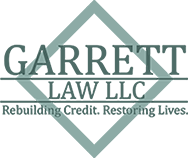Committing to Bankruptcy
There may come a time where you run out of options. Your credit card payments cost more than your groceries. You find yourself standing in line at a payday loan office. You find a garnishment on your paycheck, and you must choose between paying rent and buying food for your family. Perhaps you are just exhausted from years of struggling with debts that will not go away. Here you are at our website, thinking the unthinkable - filing for bankruptcy.
When Should I File?
Not until you have enough advice to make a decision that will give you confidence. Attorneys in my practice area usually provide free consultations. Take advantage of that service, and get acquainted with this powerful solution to your financial problems. In general, though, a person files either to stop a present emergency or to address intractable, long-term problems.
Short Term Urgency
If a creditor is garnishing your paycheck, your bank is ready to repossess your vehicle, or your mortgager is threatening to foreclose on your home, you are suffering a financial emergency and have a compelling reason to file. As soon as you file for bankruptcy, you gain protection from these dangers. You protect your family from catastrophe. The automatic stay springs into action the instant you file and will stop creditors cold.
Although the automatic stay will protect you against future collections, it has a limited ability to undo past damage. For instance, here in Kansas, in order to save a house from foreclosure, you must file before the Sheriff sale. Similarly, if a creditor has garnished wages from your paycheck already, that money is lost to you. Speed is vitally important. We can move fast and get you protected.
Long Term Financial Health
If you have been laboring for years to clear your debts, and haven’t made much headway, you can explore bankruptcy as an alternative to your ongoing struggle. Set a five-year horizon – where will you be, at the end of five years, if you file for bankruptcy? Where will you be if you don’t?
When mapping out repaying your debts, use the following rule of thumb; you will need to make a monthly payment of 1.5-3% of the balance of a debt, depending on its interest rate, to pay it off within five years. If you have $10,000 in medical bills, your monthly payment should be $170. If you have $17,000 in credit card debt, pencil in a payment of $430. This is assuming you make payments, on time, through thick and thin, with the creditor agreeing not to sue for collection. In addition, your credit score will not improve substantially until you pay your debts off, delaying your financial recovery.
Contrast that with an instant suspension of paying on your consumer debt. Bankruptcy will short-circuit the five-year process, and promote you to the next stage – getting financially healthy. You will discharge your debts once you complete the case. In the meantime, your creditworthiness will have a chance to heal. In five years, you will be in far better condition than if you paid down your debts with your family’s resources. Instead, you can put the money you were losing debt repayment back into your family budget. You can make meaningful progress on your saving, on your retirement, and on your long term goals.

